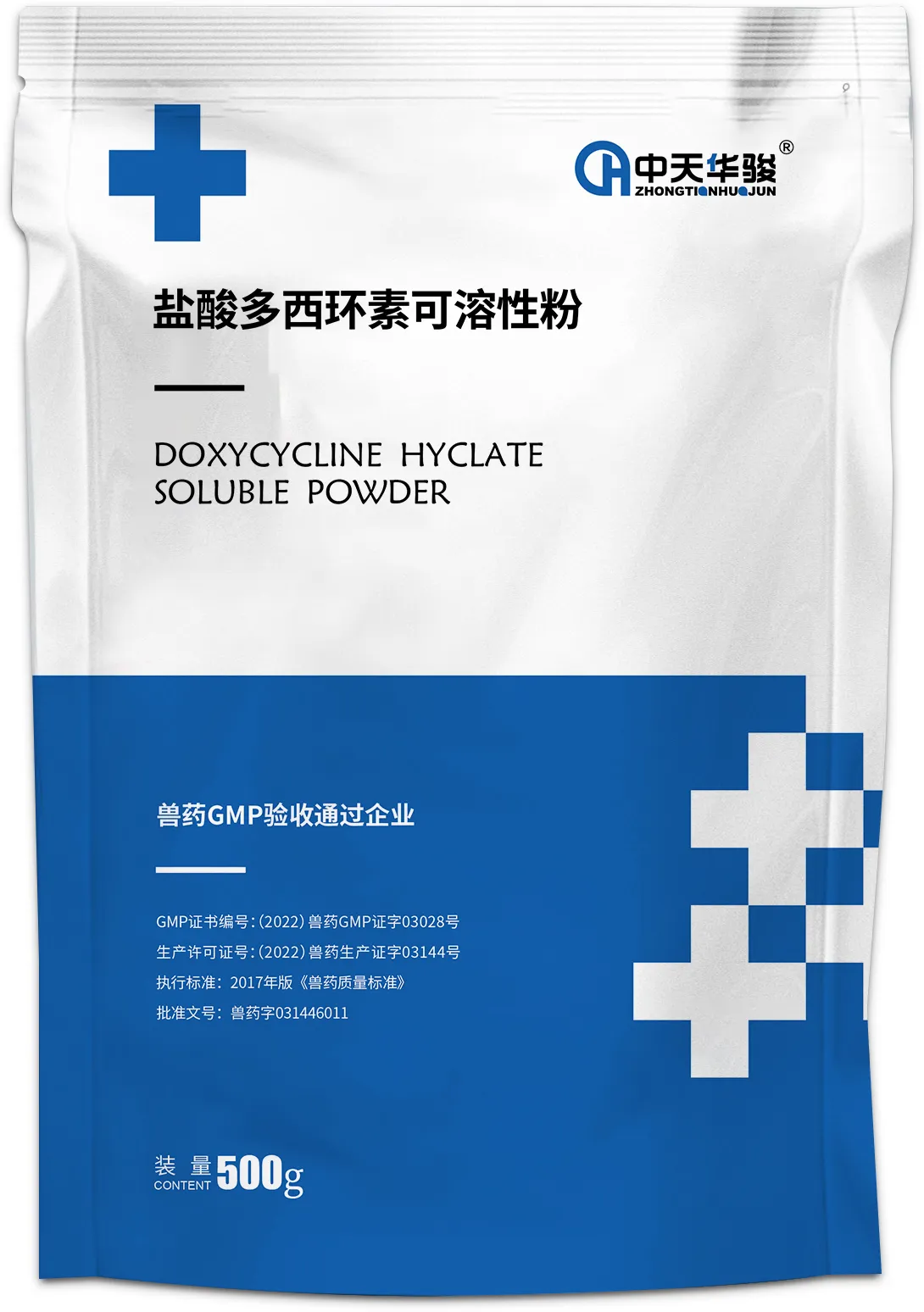
נוב . 10, 2024 18:23 Back to list
Production and Applications of Pegylated Interferon Alpha in Modern Therapeutics
Advances in the Production of Pegylated Interferon Alpha Challenges and Innovations
Pegylated interferon alpha (Peg-IFNα) is a modified form of interferon alpha that has been widely utilized in the treatment of various viral infections, particularly hepatitis C and certain types of cancers. The therapeutic potential of Peg-IFNα is largely attributed to its enhanced pharmacokinetic properties, including a prolonged half-life and improved bioavailability, which result from the addition of polyethylene glycol (PEG) chains. This article aims to explore the production processes of Peg-IFNα, the challenges faced in manufacturing, and recent innovations that are shaping its future.
Understanding Pegylation
Pegylation is a process that involves the covalent attachment of polyethylene glycol molecules to proteins or peptides. This modification enhances the stability, solubility, and overall therapeutic efficacy of the drug. In the case of Peg-IFNα, pegylation reduces renal clearance, allowing for less frequent dosing and improved patient adherence compared to non-pegylated forms of interferon. The two main forms of Peg-IFNα used in clinical settings are peginterferon alfa-2a and peginterferon alfa-2b, each with distinct molecular weights and pharmacological profiles.
Manufacturing Challenges
Despite its therapeutic advantages, the production of Peg-IFNα poses several challenges
1. Complexity of Pegylation The pegylation process must be carefully controlled to ensure consistent products. Variability in the pegylation reaction can lead to different molecular weight distributions, which may affect the drug’s efficacy and safety profile.
2. Purification Processes Following the pegylation reaction, purification of Peg-IFNα is crucial to remove unreacted interferon, PEG, and other impurities. This is often a time-consuming and costly process that can introduce further variability into the final product.
3. Regulatory Considerations Given the complexity of the production process, navigating the regulatory landscape can be challenging. Manufacturers must ensure that all components of the production process comply with stringent guidelines, which can vary from one region to another.
4. Scale-Up Difficulties While small-scale production might yield high-quality Peg-IFNα, scaling up to industrial levels can reveal unforeseen issues related to consistency, yield, and quality control.
pegylated interferon alpha factories

Innovations in Production
Recent advancements in biotechnology and manufacturing processes have begun to address some of the challenges associated with Peg-IFNα production
1. Improved Fermentation Techniques The use of advanced fermentation techniques, such as fed-batch culture and continuous flow processes, has been shown to increase yields of interferon during production. These methods optimize growth conditions for the producing microorganisms, leading to higher overall productivity.
2. Novel Pegylation Strategies Researchers are exploring alternative pegylation techniques, including enzymatic pegylation, which could offer greater control over the pegylation process and result in a more uniform product. Additionally, the development of site-specific pegylation methods has the potential to enhance therapeutic outcomes.
3. Continuous Processing Implementing continuous processing technologies in the production of Peg-IFNα can streamline purification and reduce production times, resulting in lower costs and improved product consistency.
4. Automation and Advanced Analytics The integration of automation in manufacturing facilities, alongside advanced analytics and monitoring systems, enhances quality control and real-time adjustments during the pegylation and purification processes. This can lead to reduced variability and higher quality assurance.
Future Outlook
As the demand for Peg-IFNα continues to grow, especially with the landscape of viral infections and cancer treatments evolving, it is essential that manufacturers adapt and innovate. The application of emerging biotechnological methods and continuous improvement in production processes will play a critical role in meeting both global health needs and regulatory demands.
In conclusion, the journey of pegylated interferon alpha from bench to bedside not only highlights the complexities of biopharmaceutical development but also underscores the exciting innovations transforming the field. With ongoing research and development, the future of Peg-IFNα production looks promising, potentially leading to enhanced therapies that could further improve patient outcomes in the looming fight against viral diseases and cancers.
-
Top Hemoglobinuria Manufacturer & Supplier Reliable Hemoglobinuria Factory Solutions
NewsJun.24,2025
-
Premium Honeysuckle Products - Leading Honeysuckle Manufacturer & Supplier Factory
NewsJun.10,2025
-
Pulmonary Edema Solutions from Leading Manufacturer & Supplier Reliable Factory Price
NewsJun.10,2025
-
Red Eyes - Leading Red Eyes Manufacturer & Supplier, Premium Quality Factory Price
NewsJun.10,2025
-
Broiler Ascites Syndrome Solutions Top Manufacturers
NewsJun.10,2025
-
Premium Amoxicillin Suppliers Reliable Biomox Mexican Factories
NewsJun.10,2025




